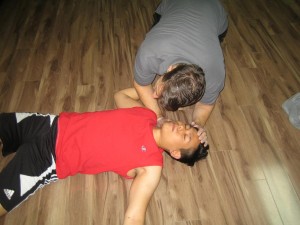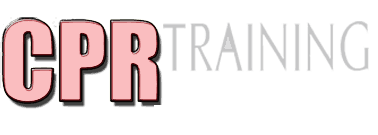
CPR and first aid training is available in our training providers located over six cities. Our providers use the latest guidelines and techniques when teaching our trainees so you don’t worry about the knowledge and skills you develop with us. All of our courses are focused on cardiopulmonary resuscitation as well as basic first aid, teaching trainees how to manage a variety of situations. You can choose from a selection of eight program, five of which are training courses and three are re-certification classes.
Enrollment is quite easy with all six of our providers. You can visit the location page and fill out the online form with your personal and program details or send us an e-mail. If you want to give us a call or enroll in person, make sure to do so during business hours only. Our staff will be glad to help you with your queries regarding training.
Cardiopulmonary Resuscitation (CPR)
In the event that the heart stops beating, one of the ways to restore the spontaneous circulation of blood is to give the victim CPR. CPR entails the use of chest compressions and rescue breaths to get the heart pumping blood to the rest of the body. When a defibrillator is available, it can be used to send an electric current to the heart. AEDs – automated external defibrillators – are used when the heart is experiencing irregular rhythm (arrhythmia).
We have two categories under CPR training: Basic and Advanced Life Support. Basic Life Support (BLS) teach trainees about basic rescue skills, primarily compressions and rescue breaths. They also teach trainees about the guidelines set by the American Heart Association when rescuing a victim of cardiac arrest. The guidelines, called the “Chain of Survival” is made up for five “links” or steps. The first two to three links are seen in Basic Life Support while all five are typically seen in Advanced Life Support
Chain of Survival
- Cardiac arrest (CA) recognition
- Chest compressions and rescue breaths
- Automated External Defibrillation (AED)
- Advanced Life Support (ALS)
- Post-CA care
Basic Life Support
We have three BLS classes available, one for the public and the other two for healthcare providers (HCPs).
- Basic Heartsaver CPR and AED is a program for the public (4 hours) and HCPs (4.5 hours). This course is the most basic out of all our classes, teaching students how to give one-person CPR and AED to victims of CA. A few first aid skills are also included in the program, such as basic wound care and management.
- Basic Life Support for HCPs is a slightly longer program (4.5 hours) that teaches students how to give one and two-person CPR and AED to victims of CA. We also included the 2010 BLS guidelines in this training program to familiarize students with the latest updates from the AHA. Re-certification is offered for this class (4 hours).
Certification
All of our programs give students re-certification once they complete training and have met the following requirements: (1) complete attendance and (2) a passing grade on the certification exam. The certificates are valid for two years before they can be renewed through a re-certification class.
